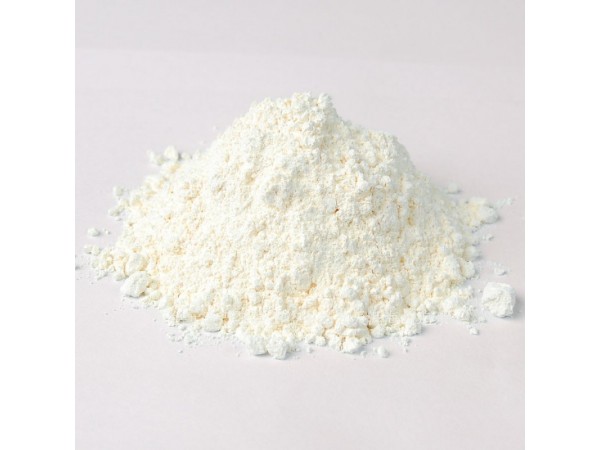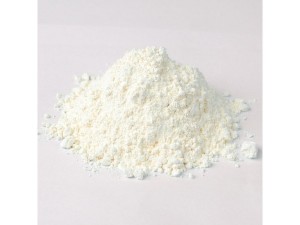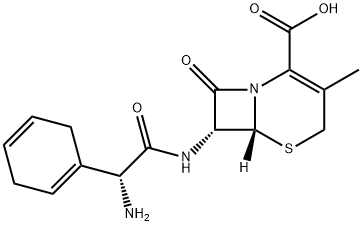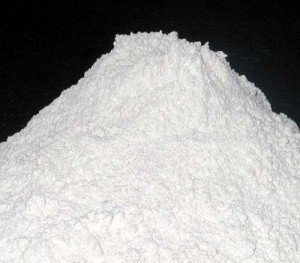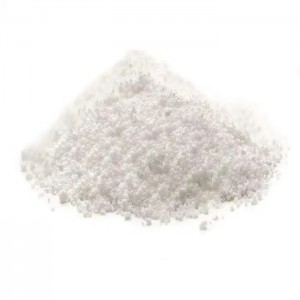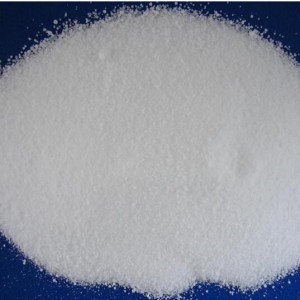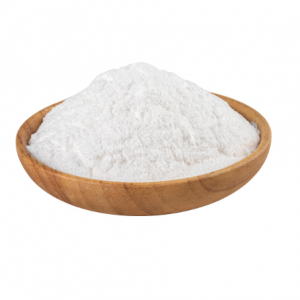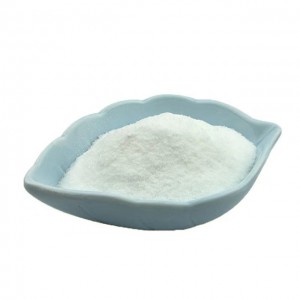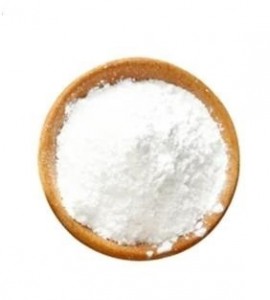| Basic Information | |
| Product name | Cefradine |
| Stability | Light Sensitive |
| Appearance | White powder |
| Assay | 99% |
| Melting point | 140-142 C |
| Packing | 5KG;1KG |
| Boiling point | 898℃ |
Description
Cefradine (also known as cephradine), 7-[D-2-amino-2(1,4cyclohexadien1-yl) acetamido]-3-methyl-8-0x0-5thia-l-azabicyclo[4.2.0] oct-2-ene-2-carboxylic acid monohydrate (111 is a semi-synthetic cephalosporin antibiotic. used orally, intramuscularly, and intravenously. The structure of cephradine is similar to that of cephalexin, the only difference being in the six-membered ring. Cephalexin has three double bonds forming an aromatic system while cephradine has two double bonds in the same ring. The antibacterial activity of cephradine is similar to that of cephalexin.
Cephradine is a white crystalline powder with a molecular weight of 349.4. . Cephradine is freely soluble in aqueous solvents. It is a zwitterion, containing both an alkaline amino group and an acidic carboxyl group. In the pH range of 3-7, cephradine exists as an internal salt. Cephradine is stable for 24 hr at 25" within the pH range of 2-8. Since it is stable in acidic media, there is little loss of activity in the gastric fluid; losses of less than 7% have been reported.
Indications
Cephradine is active in vitro against a broad spectrum of gram-positive and gram-negative bacteria, including pathogenic organisms isolated in the clinic; the compound has been shown to be acid stable, and the addition of human serum had only a slight effect on the minimal inhibitory concentration (MIC) for the sensitive organisms. When given orally or subcutaneously to animals infected experimentally with a variety of pathogenic bacteria, cephradine offered effective protection. In the treatment of acute infective diseases, satisfactory clinical responses to cephradine therapy have been reported by a number of investigators.

